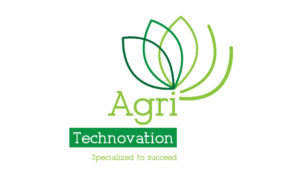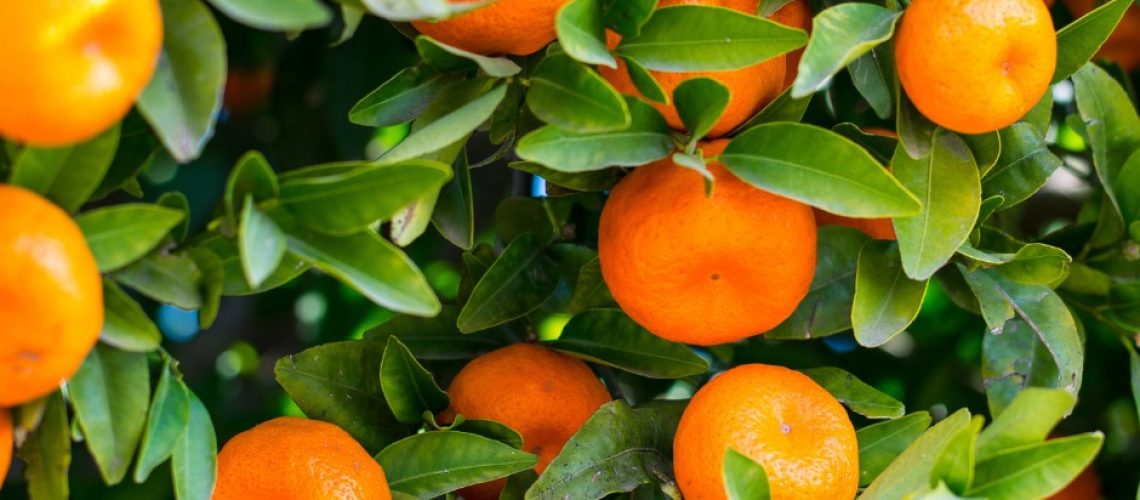Streamline citrus production with PPM
By Terese Clacher, Entomologist
Based on production volumes, citrus makes up the largest fruit industry in South Africa. Citrus is grown across the country – mainly in Limpopo, Eastern Cape, Western Cape, Mpumalanga, KwaZulu-Natal, Northern Cape, and North West. Approximately 79% of the total citrus produced in these provinces are exported, as trade and export are key drivers in the growth of South Africa’s citrus production.
Pests and diseases impact significantly on citrus production as they represent the single biggest threat to the successful production and export of citrus fruits.
Possible impacts on citrus include the following:
- They could cause damage to trees that may result in lower yields and poor fruit quality. It may even cause damage that trees are not able to recover from, resulting in the loss of once productive orchards.
- Certain pests and diseases, such as thrips, cause cosmetic damage to fruit in the form of scarring. These fruits are then branded as ‘not worthy for the export market’ as consumers in export markets demand fruits that have good external quality and very few blemishes.
- Other pests and diseases, such as fruit flies, have an influence on the shelf life of fruits as they may cause accelerated decay and pose a phytosanitary threat.
- Due to phytosanitary barriers, fruits found to be infested with phytosanitary pests and diseases cannot be exported to markets that have phytosanitary restrictions, resulting in the possibility of an entire consignments of fruits to be rejected for the season.
The main phytosanitary pests and diseases posing a threat to South African citrus growers are:
- Carob moth (Asia only);
- Citrus black spot;
- False codling moth (management of this pest is critical for export to the European Union);
- Fruit flies; and
- Mealybug
Uniform application challenges
As the local commercial citrus industry relies heavily on exports to realise anticipated profits, pest and disease management practices should be implemented as early and accurately as possible to minimize risk.
Almost all agricultural chemicals (including pesticides) are applied uniformly during the production of speciality crops. This means that agricultural chemicals may be applied in areas or on crops where no of few pests and diseases occur. Agricultural chemicals come at a cost and any unnecessary application should be regarded to be a wasted expense. Apart from increased production costs, the unnecessary use of agricultural chemicals may also lead to the risk of increased residue levels and crop damage. Seeing that pests and diseases and their occurrences may vary, the application of control measures for all pests and diseases can no longer be done in a uniform manner over a single given surface. Management and control actions should not only be planned based on when the necessary measures should take place, but also where specifically they should be applied. This approach to pest and disease management and planning is now possible thanks to the availability of advanced technology that allows us to intensively map and interpolate pest and disease variation, to show its effect on the yield and quality of crops. This innovative service is provided by Laeveld Agrochem in collaboration with Agri Technovation and is called PPM™ (Precision Pest Monitoring).
PPM™ – a contribution to your effective solution against citrus pests and diseases
PPM™ makes it possible to distinguish between smaller and more specific areas within a citrus orchard, for purposes of pest and disease control and management. This involves the use of a high definition monitoring system that enables citrus producers to monitor specific pests and diseases in fine detail. With this service, the occurrence of pests and diseases are linked to a timeline as well as to geographical co-ordinates. Through the interpolation of the respective data points, a clear image of where pest and disease outbreaks have occurred, where they are headed, as well as their intensity, is created and displayed on the MYFARMWEB™ platform. This never-before seen three-dimensional approach to pest and disease management provides significant assistance to producers by narrowing down the orchard to only the specific areas (within the orchard) that require treatment. The map (on the left) produced as part of the PPM™ service, illustrates the uneven distribution of the California Red Scale observed in a citrus orchard.
Significant advantages of PPM™
There are several advantages flowing from the use of the PPM™ service, including:
- Weekly and seasonal maps of pest and disease incidence, with pest trends summarised and visually represented in graphs.
- It is easy and simple to observe the are as within orchards that are continuously under high pest or disease pressure, as well as the physical origin and migration of these pests and diseases.
- Pests and diseases are treated during the earlier stages of the season, resulting in reduced crop damage, lower chemical expenses, and lower chemical residue levels.
- The response of pests and diseases to chosen control methods is visually depicted – control methods can therefore be evaluated.
- Seasonal data is exported onto a large scale for export quality control.
- Data is captured and logged into an electronic database.
- Trends found throughout the season are available in one database.
PPM™ therefore, reduces production costs through the application of accurate and timely pest and disease management practices, thereby limiting input applications. As PPM™ constitutes a more environmental friendly approach, it also results in reduced environmental pollution.





